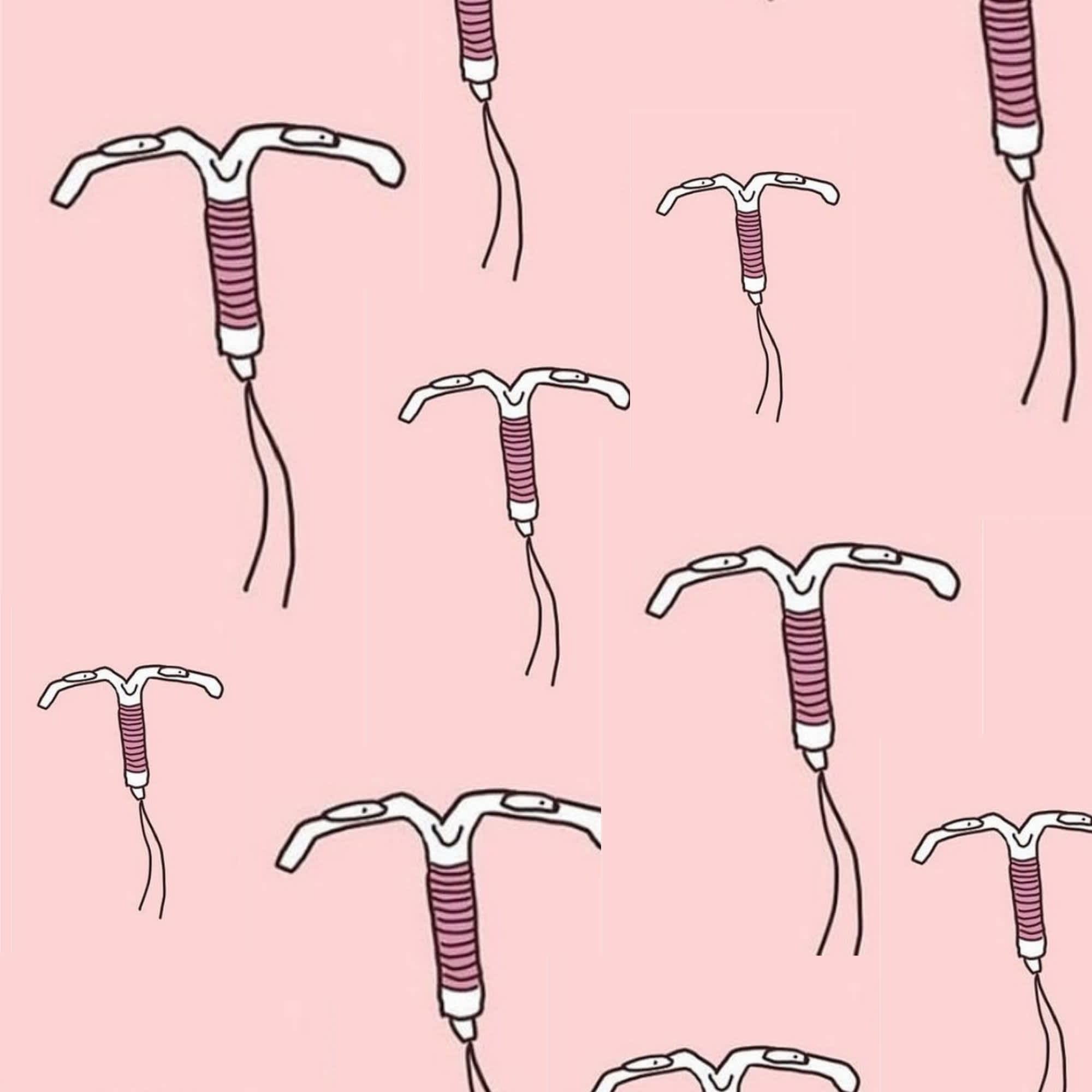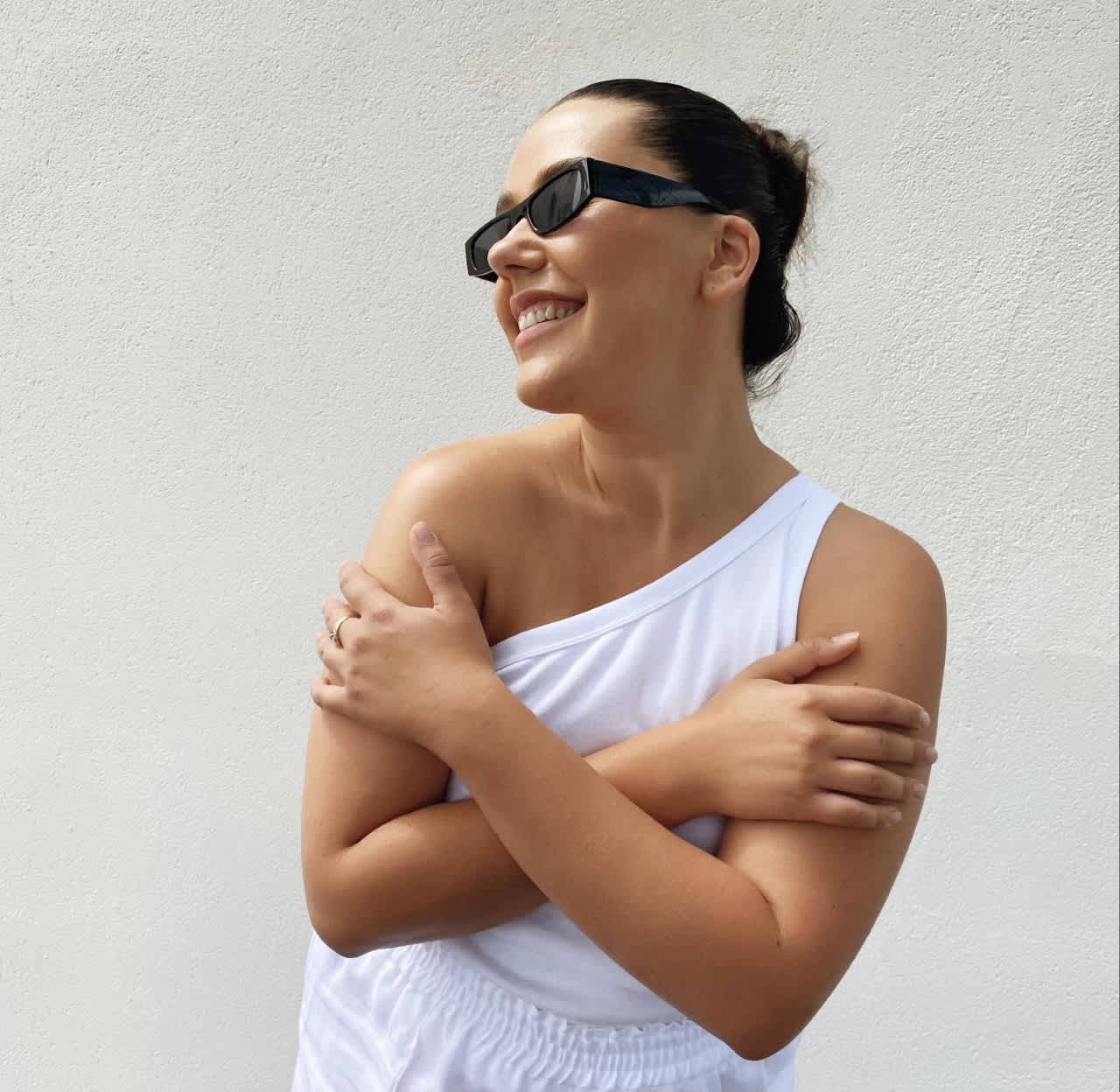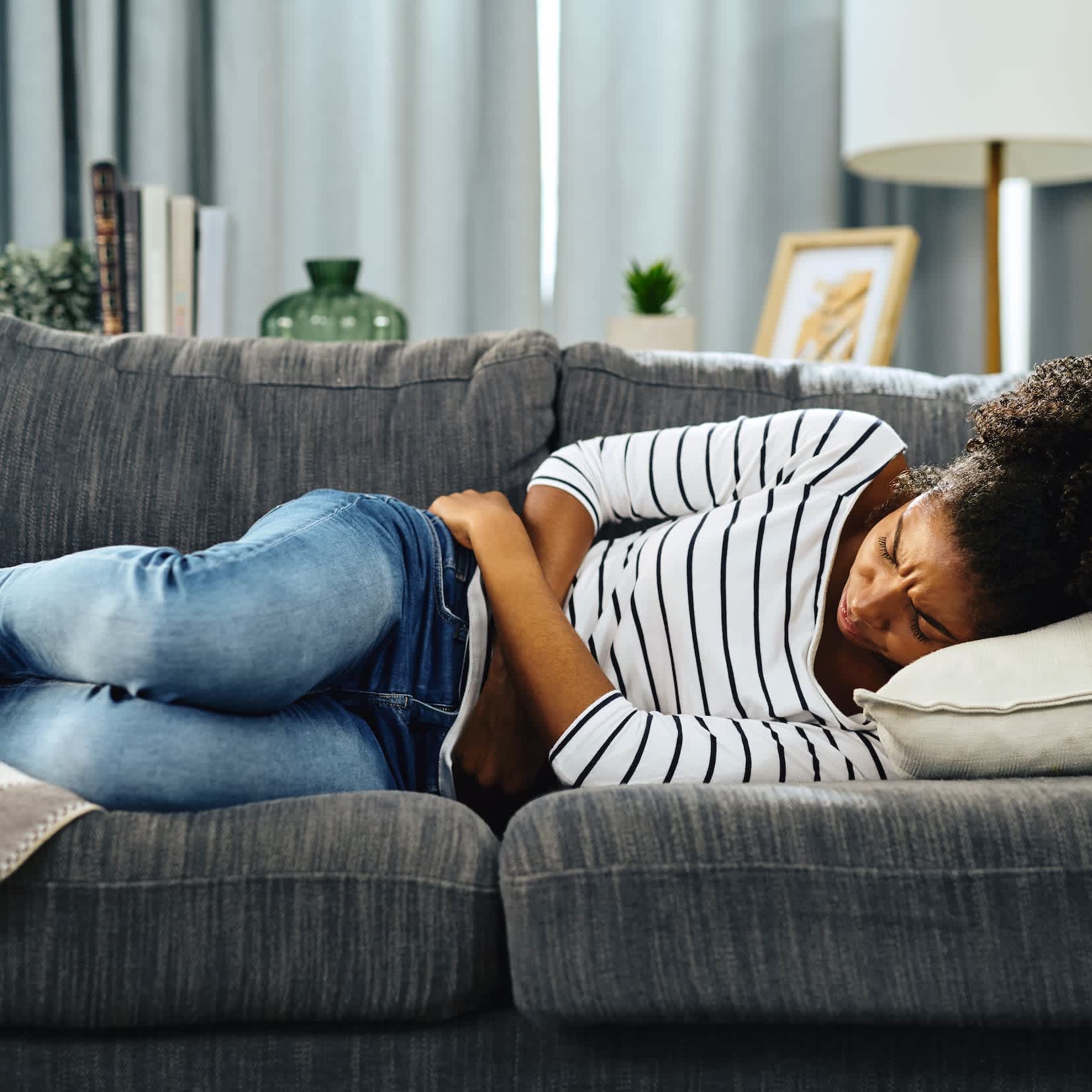
- POPSUGAR Australia
- Fitness
- I Got an IUD to Help With Endometriosis — Here’s What They Don’t Tell You
I Got an IUD to Help With Endometriosis — Here’s What They Don’t Tell You

Welcome to POPSUGAR Uninhibited, a space where anyone with a period can come for advice, recommendations and support. Here, we’ll tackle topics like PMS, sustainability, post-partum periods and bring you first-person experiences in our period diaries. We also want to raise awareness around period poverty, with the aim to ignite change with the help of our launch partner Modibodi and charity partner Share the Dignity. You can find all of the stories here.
After years of umm-ing and ahh-ing, I finally got an IUD.
Having seen multiple specialists, I opted for the Mirena, which has helped many women who suffer from endometriosis (like myself), by alleviating period symptoms all together.
The Mirena contains a form of progestin, called Levonorgestrel, a hormone that can reduce the severity of periods or completely stop them. As a result, it often lessens the pain that can come with endometriosis and painful periods.
Taking Levonorgestrel suppresses ovulation, but it also may slow the growth of endometrial tissue and prevent the new tissue from forming. The Mirena itself has the smallest amount of hormone out of all the hormonal IUDs and only releases it to your uterus and cervix, which, in theory, reduces hormonal side effects.
Basically, it’s worth a try. It has been super successful for some and not others, but unfortunately went it comes to reproductive health, it seems that trial and error—with a side of good research—is our best option.
I’ve had the Mirena for three weeks now and while I’m still hopeful that it will most likely be very worth it, I’m still struggling with some of the side effects.
These past few weeks have been a learning experience for me. My Google search history is all vaginas, cramps, hormone changes and how the cervix actually works. They said don’t self-diagnose, but I couldn’t help myself!
So, I’m here to share my newfound knowledge with you. Here are all the things they don’t tell you when you’re getting an IUD:
Post-Insertion Cramps Can Last For Over a Month
I got my IUD three weeks ago and I still get cramps, daily. They’re not consistent; they come and go, and some days are worse than others. Everyone is different. Some people get hardly any cramps, others are in pretty intense pain straight after then nothing, while there are also some people that have ongoing cramps for weeks or months following insertion.
After a follow-up doctor’s appointment, I found out that for women with endometriosis, the cramps are more likely to last longer, usually somewhere between three to six weeks. My doctor said to give it “at least a month” to stop feeling pain.
You can take painkillers to alleviate the cramping, such as Nurofen and Panadol. You can also go see your doc if you need a stronger medication, such as Panadeine Forte, but I’d advise not taking them for too many days at a time because they can make you feel like an actual space cadet.
I’ve been taking Buscopan, which is an anti-inflammatory and works directly for cramping. They don’t take away my pain completely, but they definitely help.
Nausea Is a Very Common Side Effect
I didn’t get told that nausea would be a side effect of the Mirena IUD, and it isn’t for everyone, but it definitely is for me. I’ve been feeling nauseous on and off since getting my IUD, which is a side effect of the hormone in the Mirena; Levonorgestrel. Levonorgestrel is the natural female sex hormone and is found in oral contraceptives as well as the Plan B (or Morning After) pill. It has a range of very common side effects such as:
- Abdominal or stomach pain
- Dizziness
- Headache
- Nausea
- Tenderness of the breasts
- Unusual tiredness or weakness
- Vomiting
- Heavy or light menstrual bleeding
The information around how long these side effects last is super vague. From what I can tell—and from what my doctor and other female health specialists have told me—is that they can last on and off for months after you get the Mirena, but most people only deal with them for the first three to six weeks.
Three weeks in, I can say that I’m still experiencing light nausea, breast tenderness, fatigue and occasional dizziness. It honestly feels as though I’ve got my period, as the symptoms are super similar. Nausea has hit me the hardest, making me feel anxious to go about and live my daily life because I don’t feel quite right… and that’s okay. Now that I know these pesky side effects are totally normal, I’m finding it easier to carry on as usual.
If you get any of these symptoms, try not to stress. Initially, I felt a bit worried to be experiencing more than one of these symptoms, because I didn’t know how common they were. If they get in the way of your life, or last consistently for over six weeks, it’s not a bad idea to chat to your doctor—but your body will most likely settle down in time.
It’s also worth noting that food actually helps with nausea. You won’t feel hungry, but try to have small snacks throughout the day—it really settled my tum, along with some natural ginger tablets.
It’s Okay to Feel Like a Hormonal Mess
Regardless of the fact that the Mirena only releases a small amount of hormones that are only distributed in your uterus (which means it shouldn’t impact you as much as other hormonal contraceptives), experiencing hormonal side effects after the Mirena is really normal, especially if you suffer from endometriosis.
My usual period is more extreme than the average person, as endometriosis causes extreme cramping and hormonal imbalance which can result in many unpleasant side effects. Given that my body is already trying to figure its sh*t out every month, it struggles a little extra with any new hormone that comes into my body.
I’ve been feeling all the things; moody, super hungry, not hungry at all, dizzy, nauseous, super tired, headache-y… you name it. It’s basically impossible to know what side effects will impact you—if any—but just know that none of them are wrong.
Sex Might Not Feel the Same For a While
Having sex for me right now isn’t as pleasurable as it was before the Mirena. My uterus and cervix are still super sensitive, which means that I can’t have sex for as long as usual and I also experience some extra cramping after sex. Both of these things are normal and should come good again after the six-week mark.
It’s not common to experience extreme pain after sex, but it can happen if your Mirena becomes dislodged, which needs attention as it can cause infections and other not-so-nice things.
Again, don’t be hard on yourself if you’re not feeling your sexy self. Now would be a good time to make the most out of a sustainable sex toy, as self-pleasure is a great way to feel like you again without having the pressure of something inside of you.
What You Can Do
First and foremost, keep reminding yourself that you’re okay. Female reproductive health is still one of the most underrepresented areas of the healthcare system and there doesn’t seem to be a tonne of clear or comforting information, it’s all about trial and error.
Trust yourself, you know when you’re not feeling like you and be kind to yourself in these moments. Run yourself a warm bath, cuddle up in bed with a hot water bottle and a trashy movie, and take care of yourself first.
Exercise can sometimes help as well. I find that physical activity actually reduces my cramping and side effects, as it acts as a distraction and a creative outlet.
Book a follow-up appointment at the six-week mark. If your Mirena is still giving you grief or your side effects are too much to handle, you have the option of getting it removed. It’s super simple to remove and also very easy to check up on, to make sure it’s in place etc.
Always seek the guidance of your doctor or other qualified healthcare professional with any questions you may have regarding your health or a medical condition.



